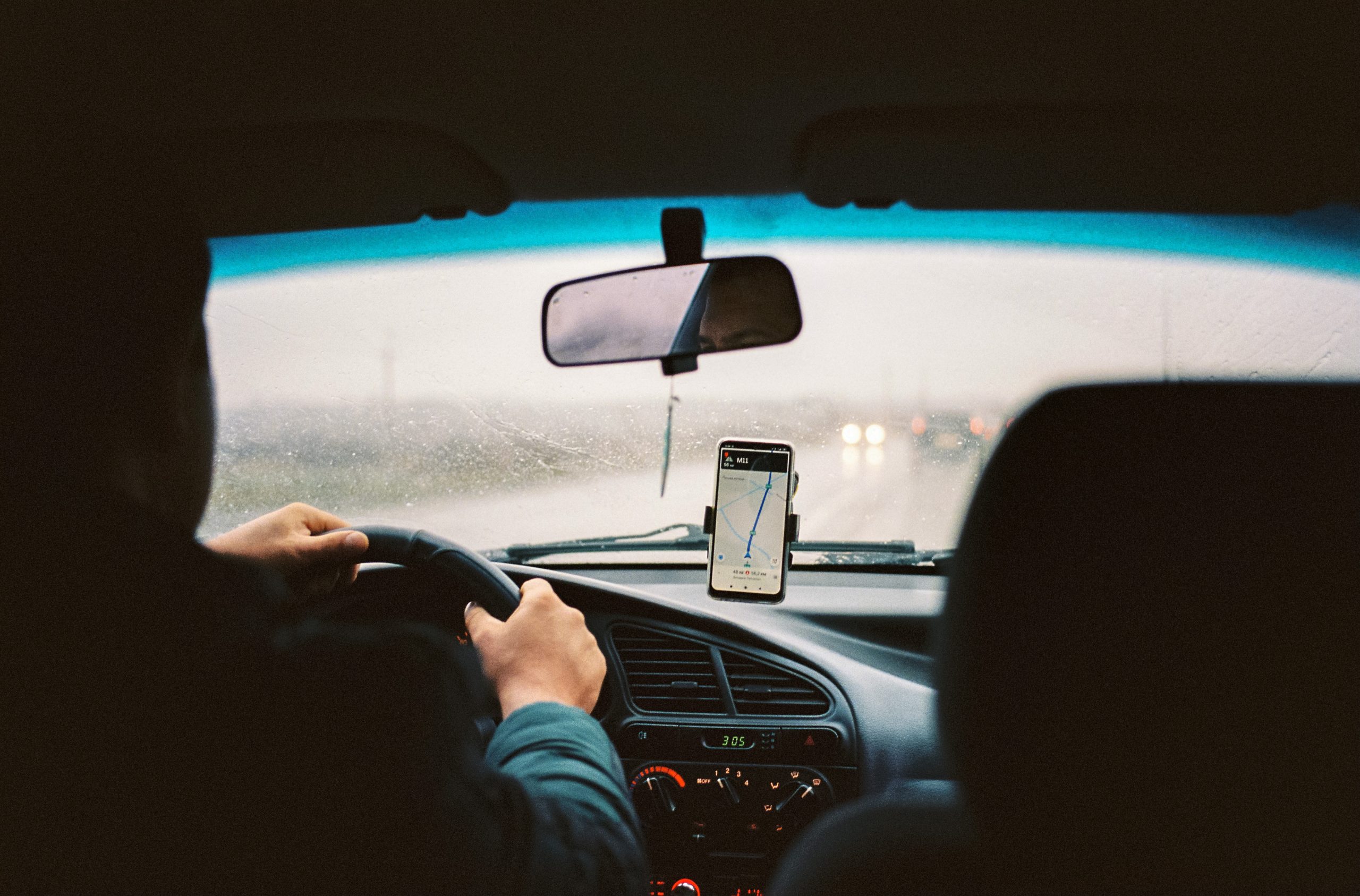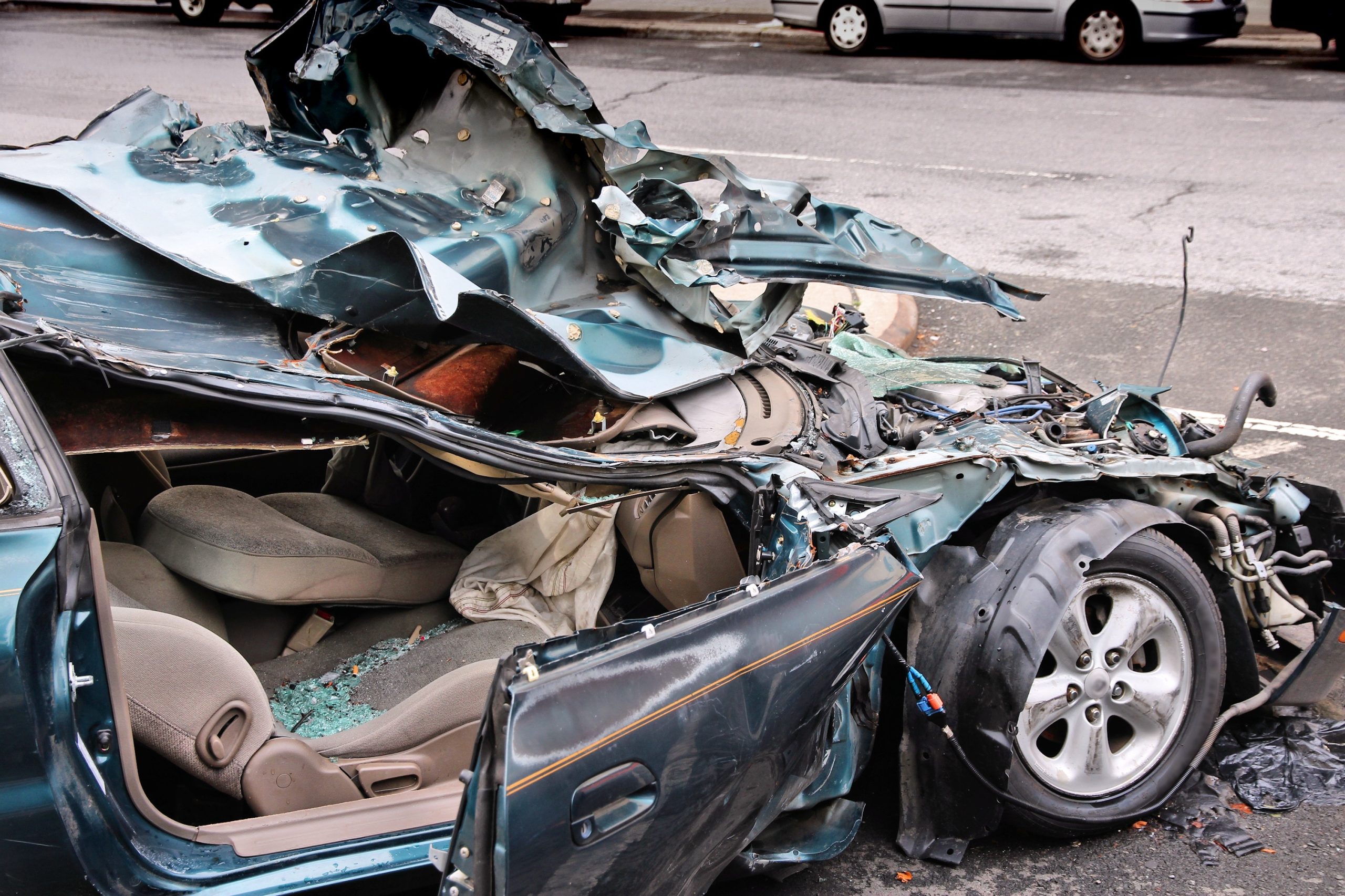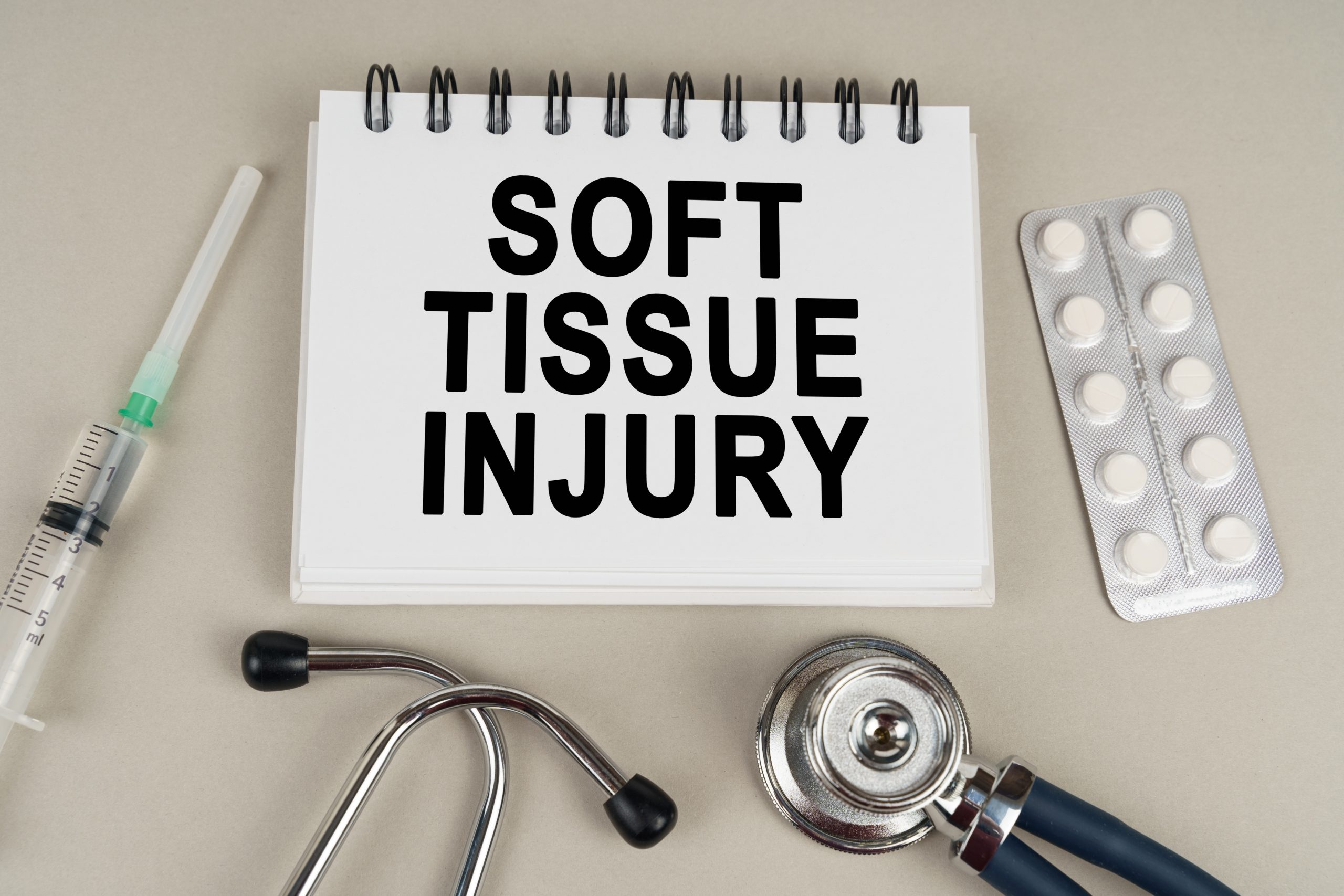Rideshare services like Uber and Lyft have made traveling more convenient but have also brought a new set of road safety issues. While taxis have obviously been around for quite some time, Uber and Lyft has put millions more drivers on the road providing professional transportation services. So who is held responsible in an accident caused by an Uber or Lyft driver? Is the driver solely responsible, or can the rideshare company also be held accountable for any harms and losses you suffer due to the Uber or Lyft driver’s actions, or inactions, that caused the accident? These questions are why understanding how Uber and Lyft insurance coverage works and what to do after an accident is so crucial.
Most Common Causes of Uber and Lyft Accidents
Rideshare services like Uber and Lyft have become increasingly popular, but they also come with risks. Some common causes of accidents involving these platforms include:
Distracted Driving: This can occur when drivers split their attention between picking up or dropping off passengers, checking the rideshare app for directions and updates, or using other mobile devices for other reasons while driving.
Fatigue: Rideshare drivers often work long hours to earn more income which may lead to drowsiness behind the wheel. This significantly increases the possibility of an accident.
Reckless Driving: Another significant factor is reckless driving, which can involve speeding, irregular lane switching, and ignoring traffic signals–all potentially leading to an accident.
Weather Conditions: It’s essential for Uber or Lyft drivers to take weather into consideration. Rain, snow, or fog can drastically reduce visibility and slippery roads increase the possibility of accidents.
Drunk Passengers: Uber and Lyft drivers certainly pick up their fair share of intoxicated riders. While this is almost always a good thing, as it means they aren’t driving drunk, understanding that drunk passengers can contribute to accidents is important. It might surprise you, but they can be at least partially responsible for some accidents by causing distractions and even physical disruptions while on move.
Steps To Take After an Uber or Lyft Accident
If you’re involved in an Uber or Lyft accident, certain steps can ensure proper handling of the situation.
Make Sure You’re Safe
First and foremost, in the wake of an accident, evaluate your safety; examine yourself for any possible injuries. Since shock and adrenaline might keep actual pain at bay initially, don’t dismiss minor discomforts. It’s always a good idea to seek medical attention after the accident.
Call 911
Contact 911 if it’s a notable collision and requires professional medical assistance or law enforcement intervention. This is critical because police reports serve as valuable evidence during legal proceedings later on.
Document The Scene
Documenting the scene can be extremely helpful too. For example, take pictures of damage to any vehicles involved and injuries you suffered. Also get photos of the scene of the accident, including different angles that show the conditions of the road and any traffic lights or stop signs.
Get Driver Information
Gather details about your Uber or Lyft driver, such as their name, contact information, make and model of the vehicle you were in, and their license plate number. You should also get their insurance information.
Additionally, try to obtain the same information from any other drivers involved in the accident.
Obtain Witness Information
If there were any witnesses the accident, get their contact details, as you can provide this information to your lawyer who can then get their statements later. This could provide crucial evidence that corroborates your version of what happened, allowing you to obtain the compensation you’re entitled to.
Contact an Attorney
Finally, consult an attorney that specializes in personal injury claims, especially those involving rideshare vehicles, as they can be a bit more complicated than traditional motor vehicle collisions. Most personal injury attorneys offer free, confidential consultations.
How Insurance Works In Rideshare Accidents
Uber and Lyft insurance coverage is broken down into distinct periods depending on the activity of the driver. It’s crucial to understand the implications of each period for both drivers and passengers:
- Period 0 – Offline: This is when the driver is not logged into the app and is therefore just driving on personal time. In this case, the driver’s personal automobile insurance coverage applies to any accidents that they are involved in.
- Period 1 – Online without a ride request: Here, the driver is online on the app but hasn’t received any ride requests. Both Uber and Lyft provide liability coverage during this time, but the driver’s personal policy will be used first. Uber and Lyft’s additional insurance coverage may kick in if necessary.
- Period 2 – Online with a ride request but no rider: The driver has accepted a ride request but has yet to pick up the passenger. Uber and Lyft’s insurance policies fully cover this period.
- Period 3 – Online with rider in the vehicle: Like in period 2, Uber and Lyft provide comprehensive coverage until the rider exits the car.
Recoverable Compensation After an Uber or Lyft Accident
When you’re involved in an Uber or Lyft accident, there are several types of damages you may be able to recover:
Medical Expenses
Medical expenses are usually the top priority here, as they can add up quickly. These can include ambulance fees, hospital visits, medical procedures, physical therapy sessions, and even long-term care costs if needed.
Property Damage
If you were involved in an accident with an Uber or Lyft driver and you were in your own vehicle, you could be entitled to compensation covering property damage, like costs for replacement or repair of your vehicle.
Lost Income
Lost wages often come into play after car accidents. if your injuries prohibit you from working (either temporarily or permanently), you can recover compensation for your lost wages – past and future.
Disfigurement
You may also have a right to recover compensation for any physical disability or disfigurement caused by the accident.
Pain and Suffering
Pain and suffering is one of the most common types of non-economic damages. This accounts for physical pain caused by injuries you suffered as result of the accident. This could include dealing with chronic pain issues post-collision.
Emotional Distress
You may be able to recover compensation for emotional distress, which aims to compensate you for psychological injuries, such as anxiety, depression, or post-traumatic stress disorder (PTSD).
Loss of Consortium
Loss of consortium refers to the negative impact an accident has on an intimate relationship between spouses or partners. This could manifest as loss of companionship or affection and inability to maintain sexual relationships.
Loss of Enjoyment of Life
This involves recovering compensation because the injuries you suffered interfere with your enjoyment of life. For example, if an injury following a car accident impedes your ability to participate in hobbies you previously enjoyed, like hiking or playing basketball, you may be able to recover monetary damages for this.
The types and amount of compensation you can recover after an accident is very case-specific, and it’s always a good idea to speak with a personal injury lawyer to discuss your options.
Contact a Lawyer to Discuss Your Claim
If you are involved in an accident while using these services – or you’re involved in an accident with an Uber or Lyft driver on the road – it’s important to know what steps to take to protect yourself and get the compensation you’re entitled to. Always contact a personal injury lawyer as soon as possible after the accident.



